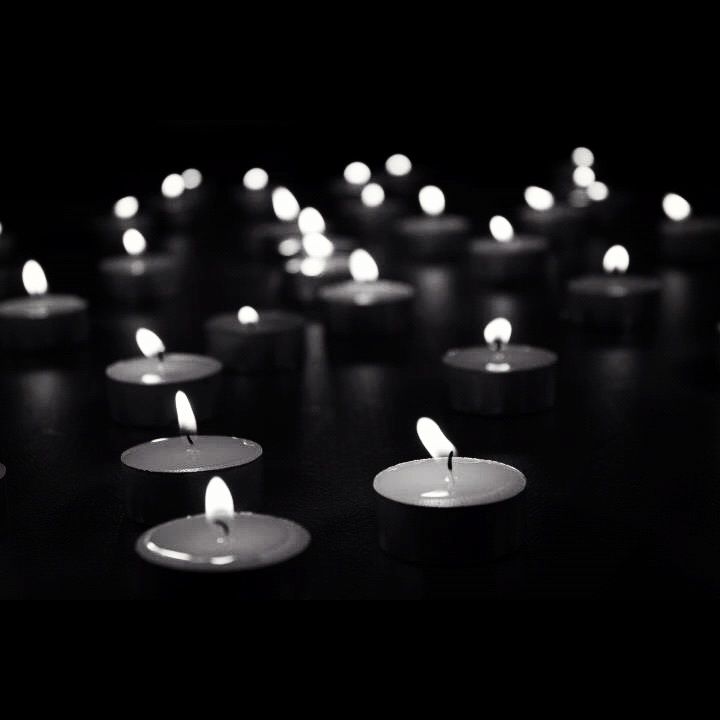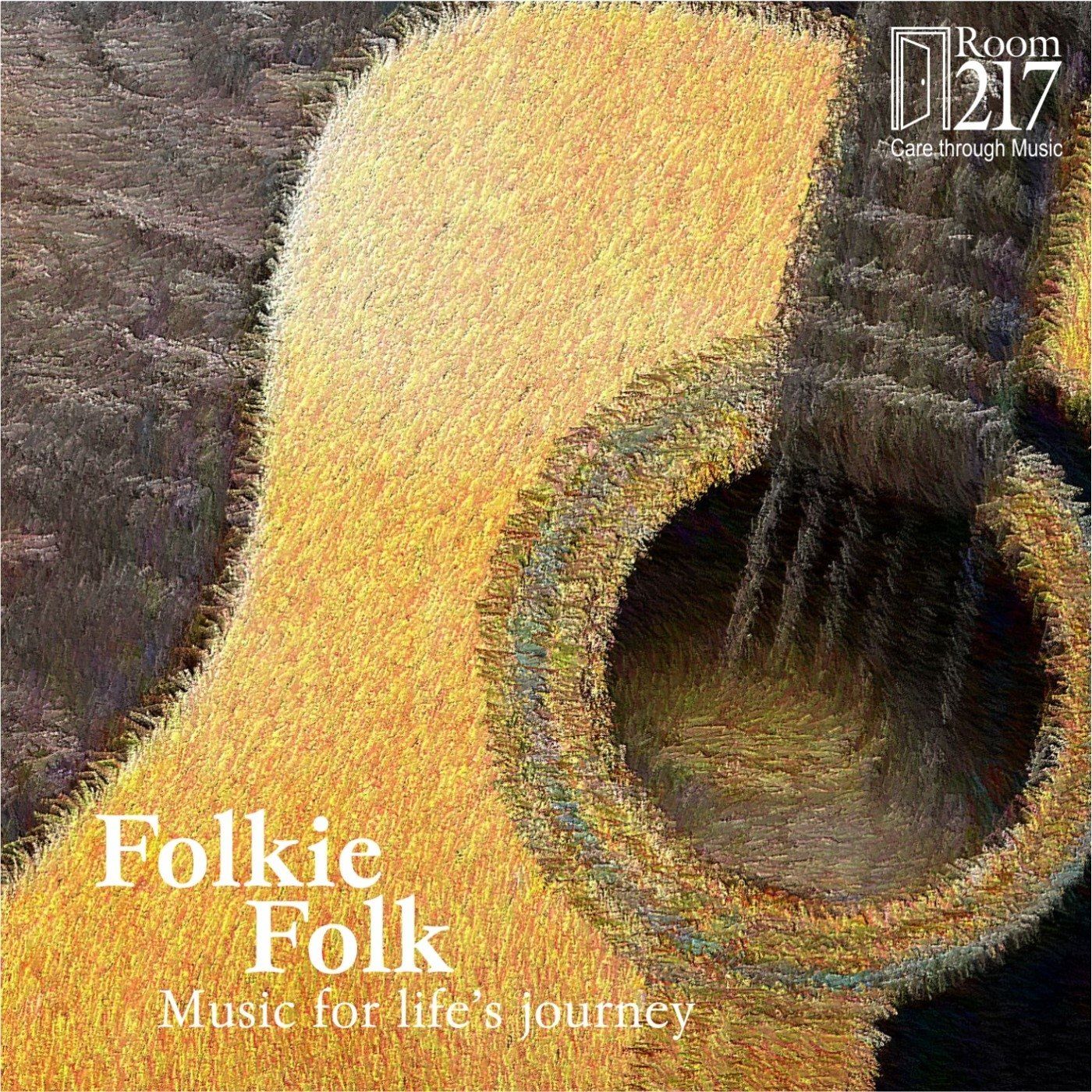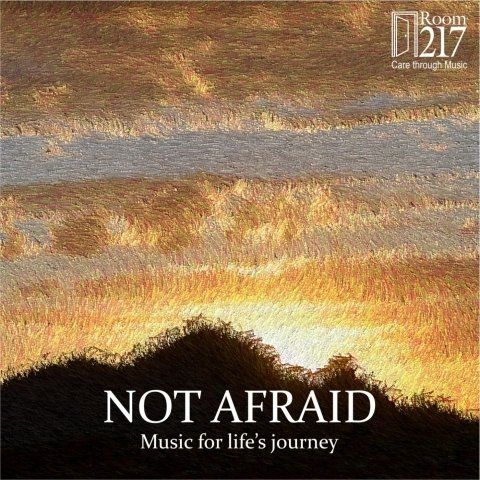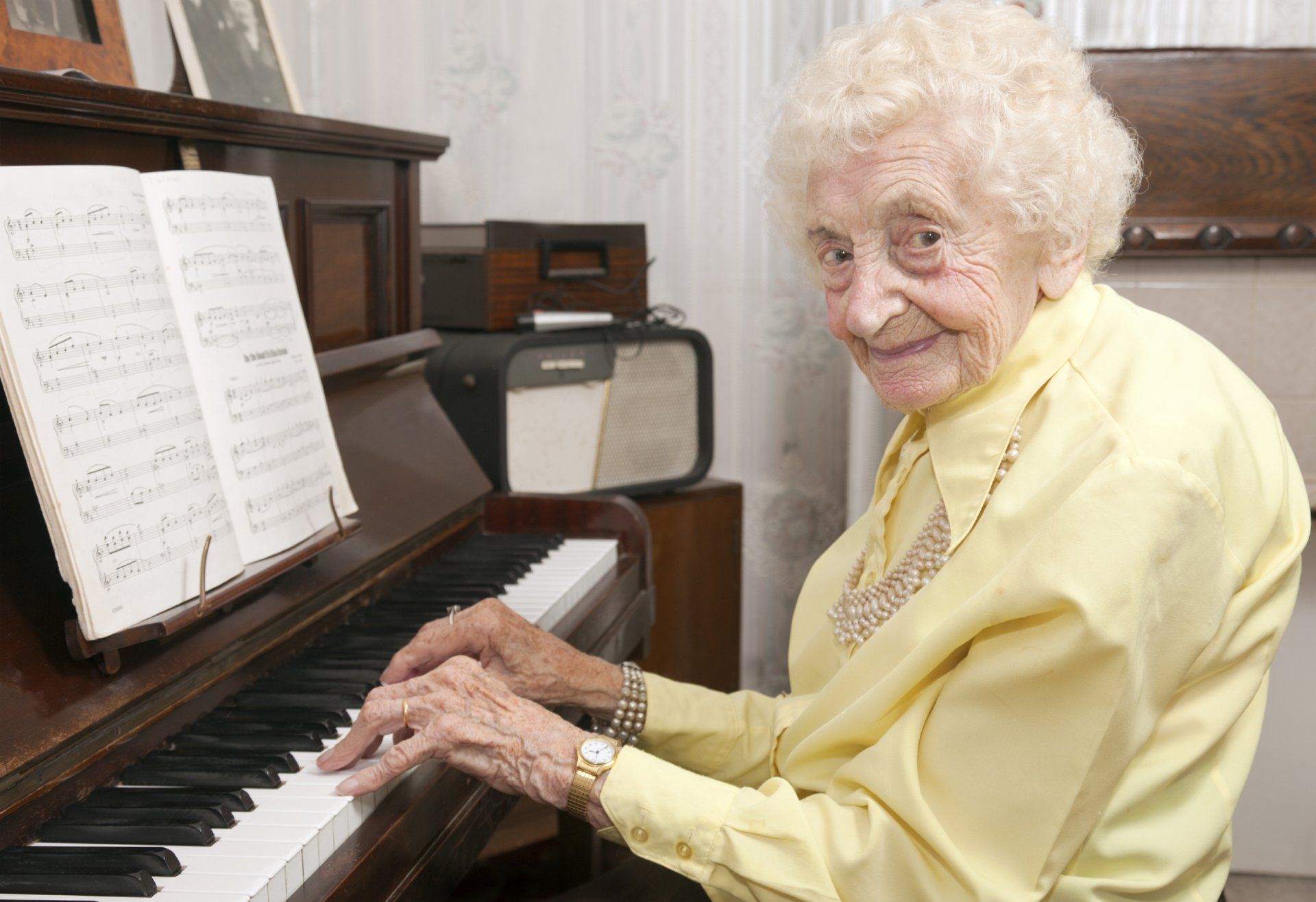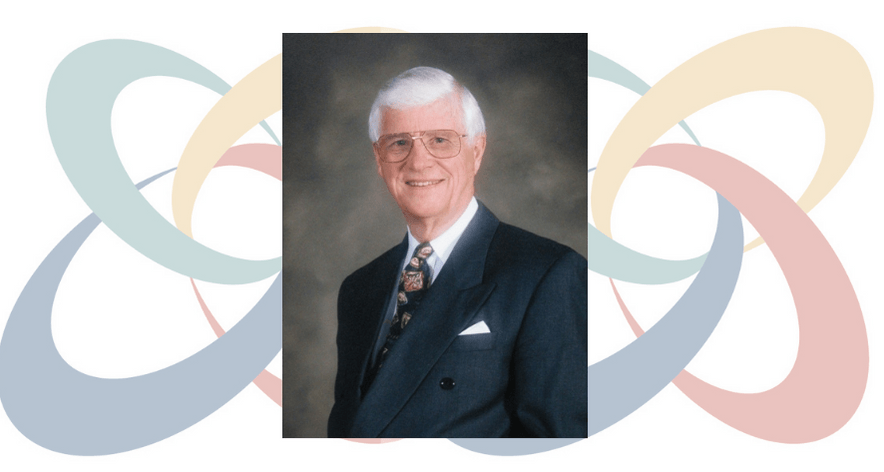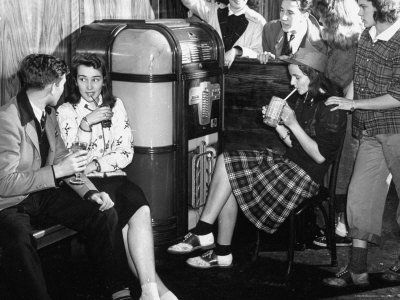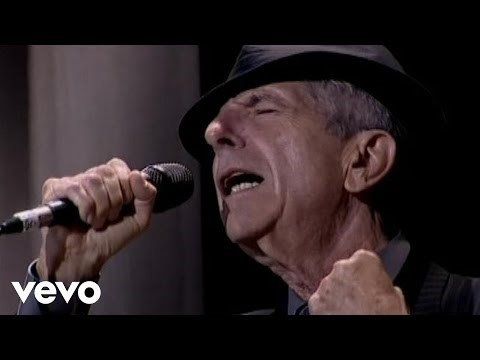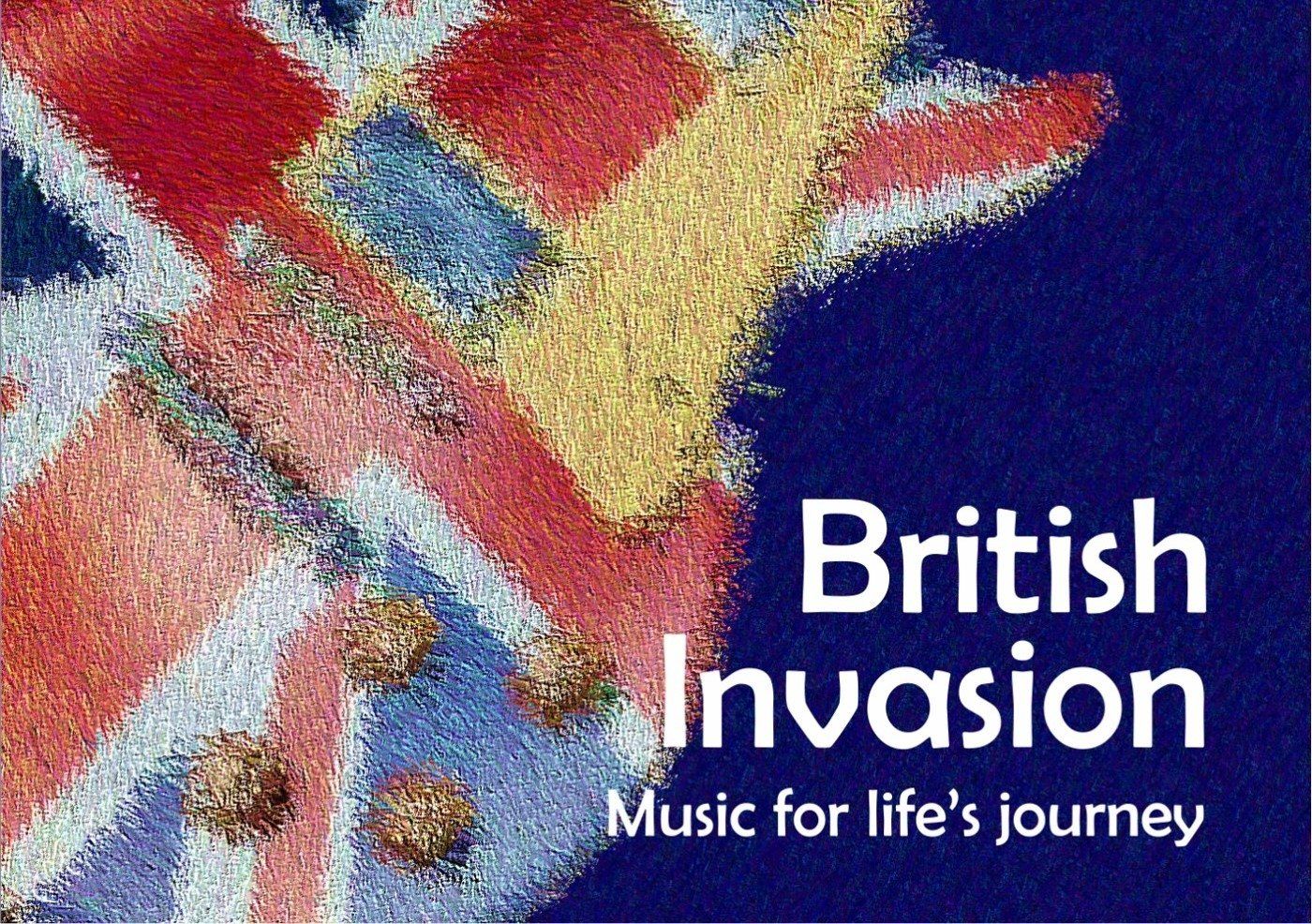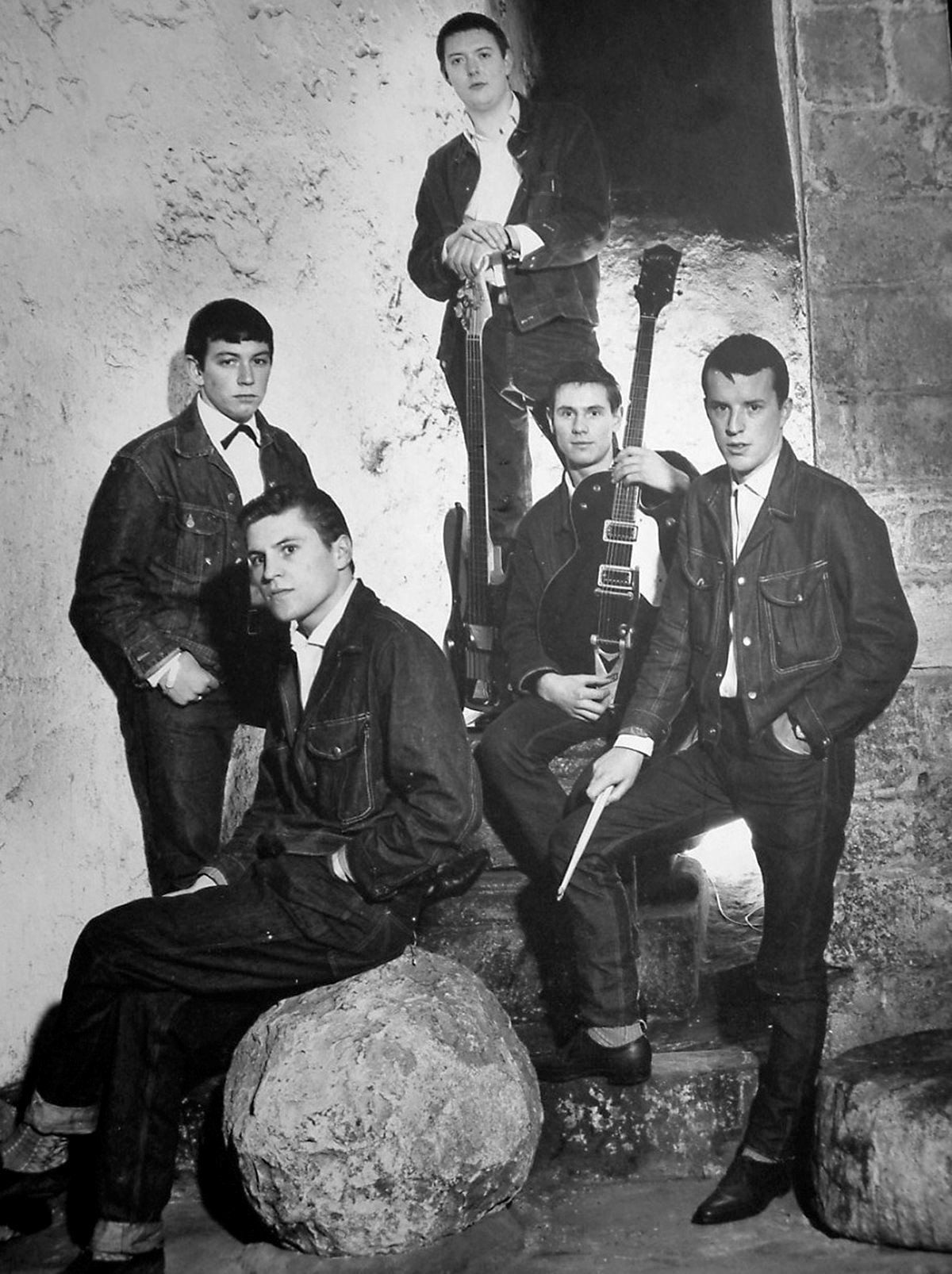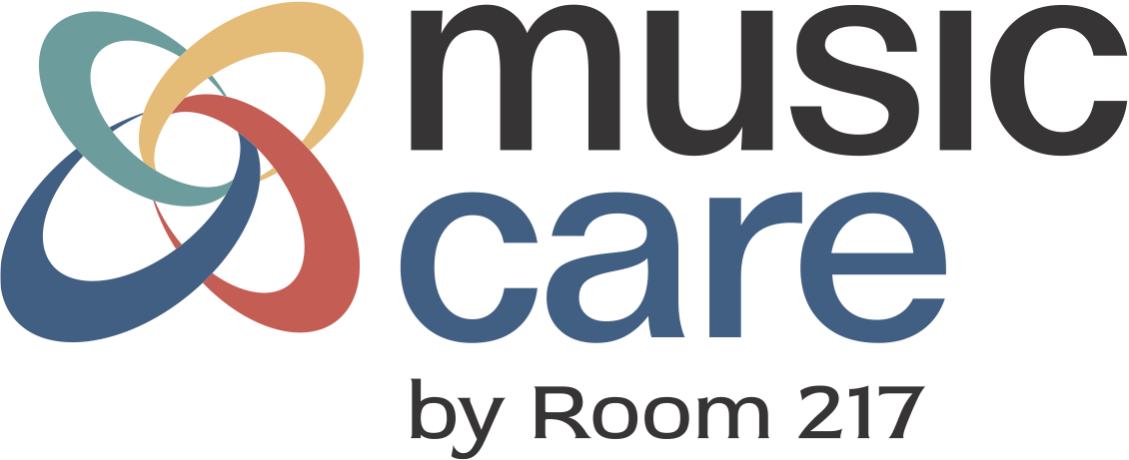Biophilia and the Music of Nature
Summer has finally returned to Southern Ontario, where Room 217’s head office is located. After a long winter and an indecisive spring, the warmth and fullness of the season are a welcome relief, and with it comes new editions to our Music and Wellness blog series.
We all know the benefits of being outside. The sounds, rhythms, and sensations of nature seem to instinctively calm us. Whether it’s the rustling of leaves, birdsong, the babble of a brook, the lapping of waves, or the nighttime chorus of crickets and frogs, these natural soundscapes immediately signal safety and rest to our nervous system. They stimulate the parasympathetic response, the part of our autonomic nervous system responsible for rest, relaxation, and recovery.
Scientific research supports the theory that humans possess an innate desire to connect with nature. The word biophilia literally means “love of life.” This deep-rooted connection helps explain the joy and curiosity we feel when we encounter natural sights, smells, and especially sounds. These experiences are more than pleasant; they are biologically regulating.
Icelandic musician Björk explored this idea creatively in her concept album Biophilia, calling it a musical revolution that maps melodies to natural phenomena, an artistic expression of our primal connection to the living world.
From a wellness perspective, certain natural sounds are particularly effective at reducing stress. For instance, gentle ocean waves are slow, rhythmic, and predictable. They often occur at frequencies that align with the brain’s delta wave state (0.2 Hz), a state linked to deep relaxation and sleep. This phenomenon is known as brainwave entrainment, where our brain activity syncs with external rhythms. It can slow our breathing, lower heart rate, and ease anxiety.
Even if you can’t get to the ocean or forest, listening to high-quality recordings of nature sounds can offer similar benefits. These soundscapes are now used widely in therapeutic settings to support calm, focus, and sleep.
In recent years, musicians have begun integrating natural sounds directly into their compositions to support these effects. One of the most well-known examples is Weightless by Marconi Union, a piece created in collaboration with sound therapists. It’s considered by many to be the most relaxing track ever recorded, designed with a tempo that slows gradually from 60 to 50 beats per minute, matching the resting human heartbeat, and includes ambient sounds from nature.
Here are a few other notable examples of music that incorporates natural soundscapes:
- Brian Eno – Ambient 4: On Land
Subtle layers of frogs, distant thunder, and misty echoes create a serene, immersive sound environment. - Max Richter – Sleep
An eight-hour piece with ambient drones, soft piano, and flowing water sounds, designed to support rest and deep sleep. - Nils Frahm – Says / Tristana
These minimalist compositions include field recordings of leaves crackling, birds chirping, echoey natural spaces. - Bernie Krause – The Great Animal Orchestra
A pioneer in ecoacoustic music, Krause uses authentic recordings of birds, whales, rainforests, and insects to showcase the natural world’s own music.
Whether through live experience or curated recordings, the music of the natural world can help us slow down, regulate, and reconnect. For your own wellness or to support someone you love why not try listening to the sounds of nature in music.

